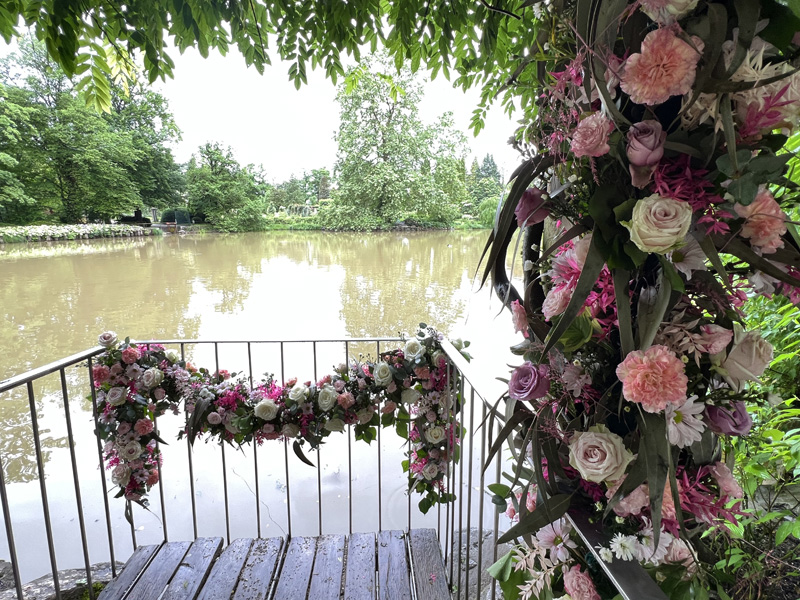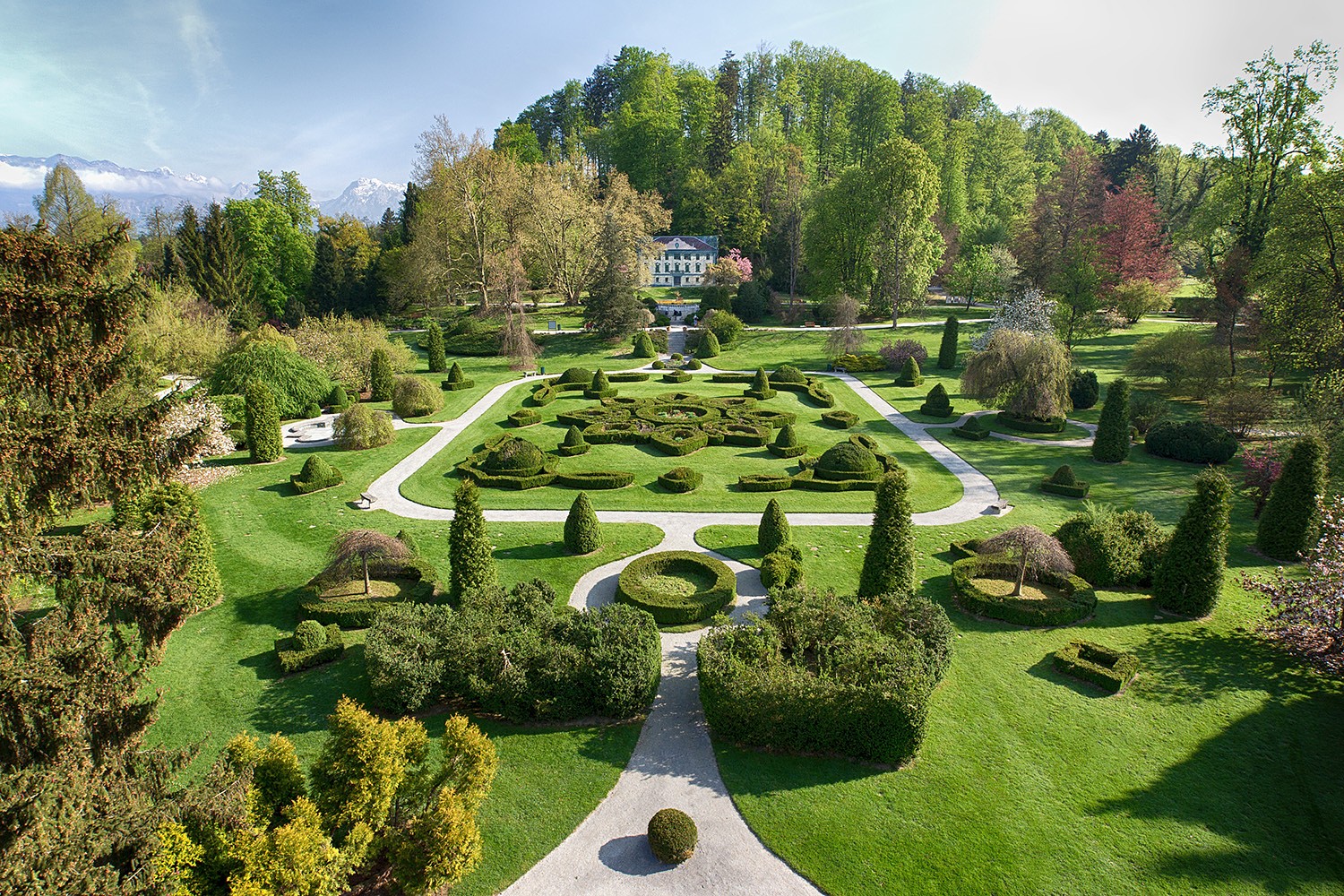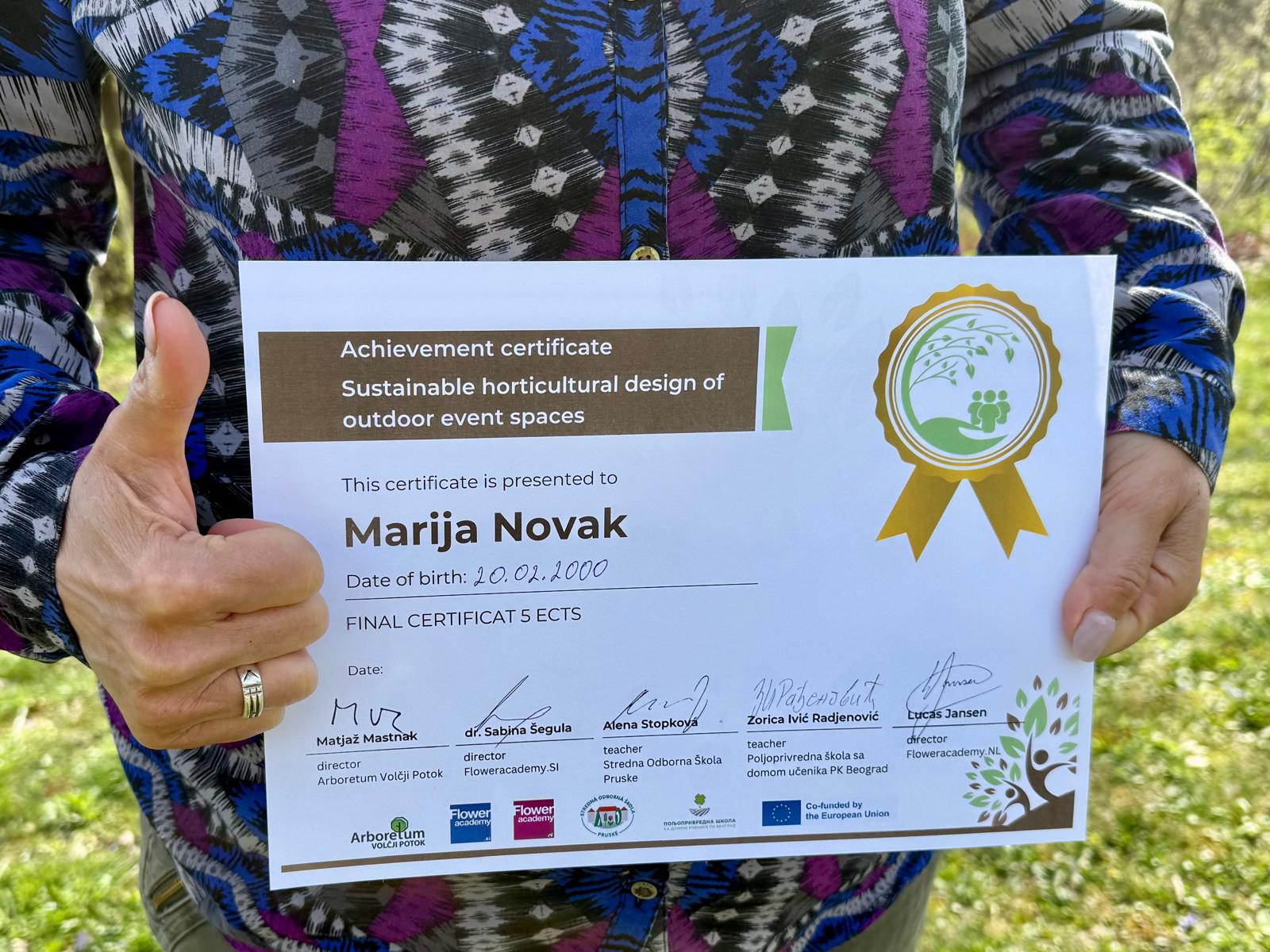All content
We offer content within five different themes relevant to organising, designing and decorating outdoor spaces with flowers and plants for events.
The proper infrastructure of an outdoor event space—such as parking lots, restrooms, access to water and electricity, well-maintained pathways, and shelters from the sun and rain—is essential for hosting the event.
When organizing an outdoor event, it is important to consider not only landscape design and horticultural planting but also the infrastructure of the venue. This includes parking, access to water and electricity, toilets, shaded areas, and covered spaces to protect from inclement weather. Additionally, it is vital to account for the needs of individuals with physical disabilities when planning the layout.
This chapter will provide essential information for establishing the basic infrastructure required at an outdoor event venue.

Understanding the characteristics of horticultural plants enables us to use them appropriately. The selected plants are utilized for both planting and floral decorations as cut flowers.
To make effective use of ornamental plants, it is essential to know their specific traits. This knowledge allows us to choose the right woody plants for shade or hedges, and the appropriate herbaceous plants for various plantings. Basic design principles are crucial in this process.
When enhancing a space further, we create floral decorations, primarily using cut flowers. Therefore, it is also important to be familiar with the basic care of cut flowers and the fundamental techniques for designing decorations.

To use ornamental plants effectively, it is essential to understand their characteristics. This knowledge allows us to select the appropriate woody plants for shade or hedges and the right herbaceous plants for various plantings. Basic design principles are crucial in this process.
When we aim to further enhance a space, we create floral decorations, primarily using cut flowers. Therefore, it is also important to be familiar with the basic care of cut flowers and the fundamental techniques for designing decorations.

The outdoor event space should be visually appealing and engaging for visitors. Therefore, incorporating table decorations or larger sustainable structures made from natural and recycled materials is a great addition.
The basic design principles are explained in more detail in the section on the use of ornamental plants.
In this section, we focus on the construction of the frames used in decoration design. These frame structures can be reused to create sustainable decorations. By employing various manufacturing techniques, we can recycle different materials, contributing to environmental preservation. When designing large decorations from natural materials, it is important to ensure they are both aesthetically pleasing and stable. Each decoration should be tailored to fit the space, and proper maintenance of the structures will extend their lifespan.

The development of ICT technology has greatly accelerated globalization. Social networks, online promotion and sales, and business websites are now an integral part of modern marketing.
In today’s world, globalization has become possible thanks to technological advancements. It’s hard to imagine marketing without the use of ICT technology and knowledge of social networks and online stores.
In marketing, it’s essential to follow the fundamental principle of thinking before acting. It’s important to utilize ICT technology when designing promotional strategies for outdoor events, communicating on online platforms, and using various social media channels to promote those events. To develop a business, it’s crucial to understand the essence of successful online sales through websites and online stores.

After successfully completing all the content of the module Sustainable horticultural design of outdoor event spaces and obtaining all 5 certificates for the individual learning units, you proceed to the final part of the module. Upon successful completion, you will receive a certificate for the entire module, which is valued at 5 ECTS credits.
Due to data protection regulations, we were not able to collect your date of birth. You will therefore need to write it manually on the printed final certificate. This allows you to identify yourself with a personal document and confirm that the certificate belongs to you, which makes it eligible for use in various education systems and in the recognition process of National Vocational Qualifications.
The competences you have acquired through this module are clearly defined in the curriculum, which is available on the website along with recommendations for teachers and education providers.

